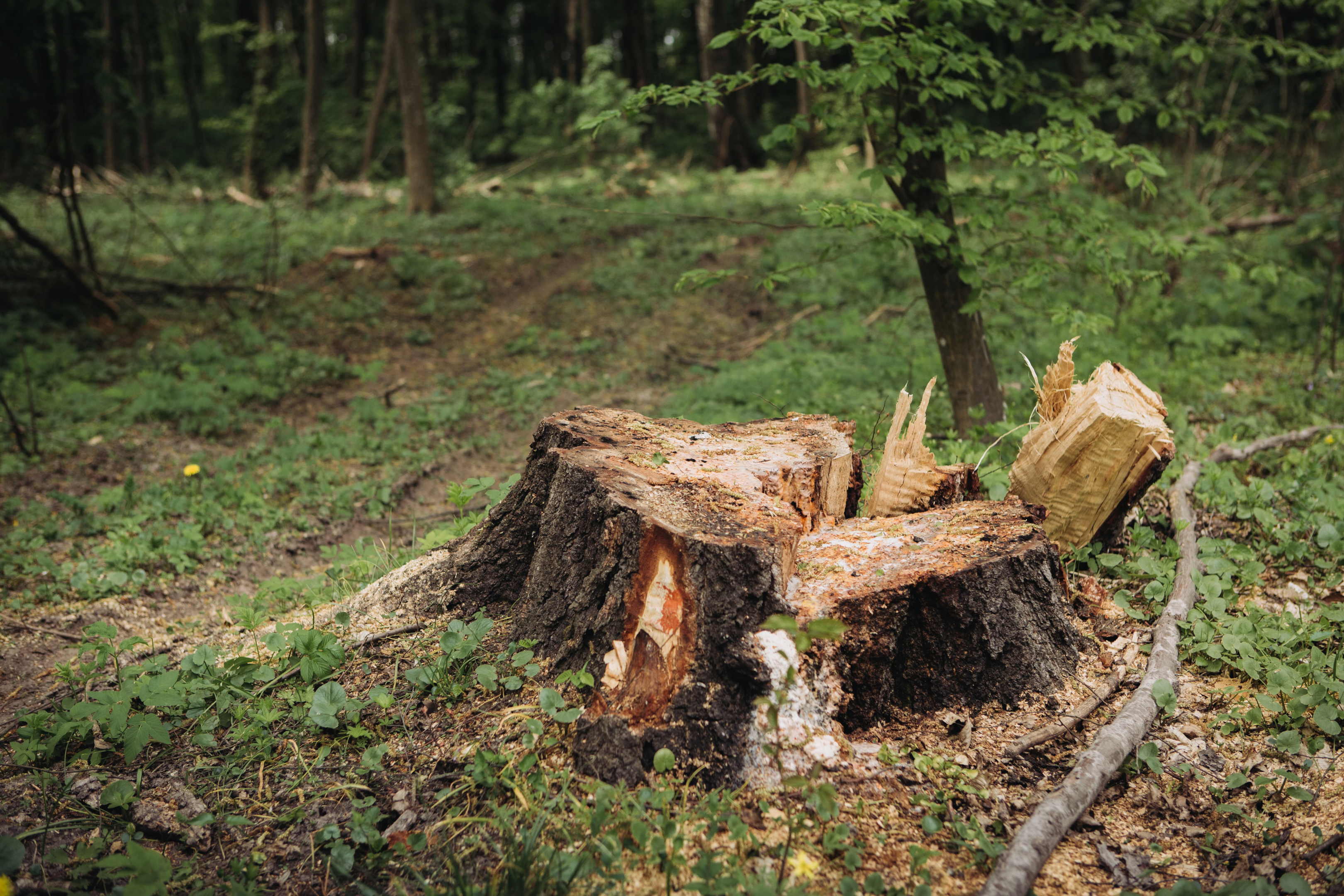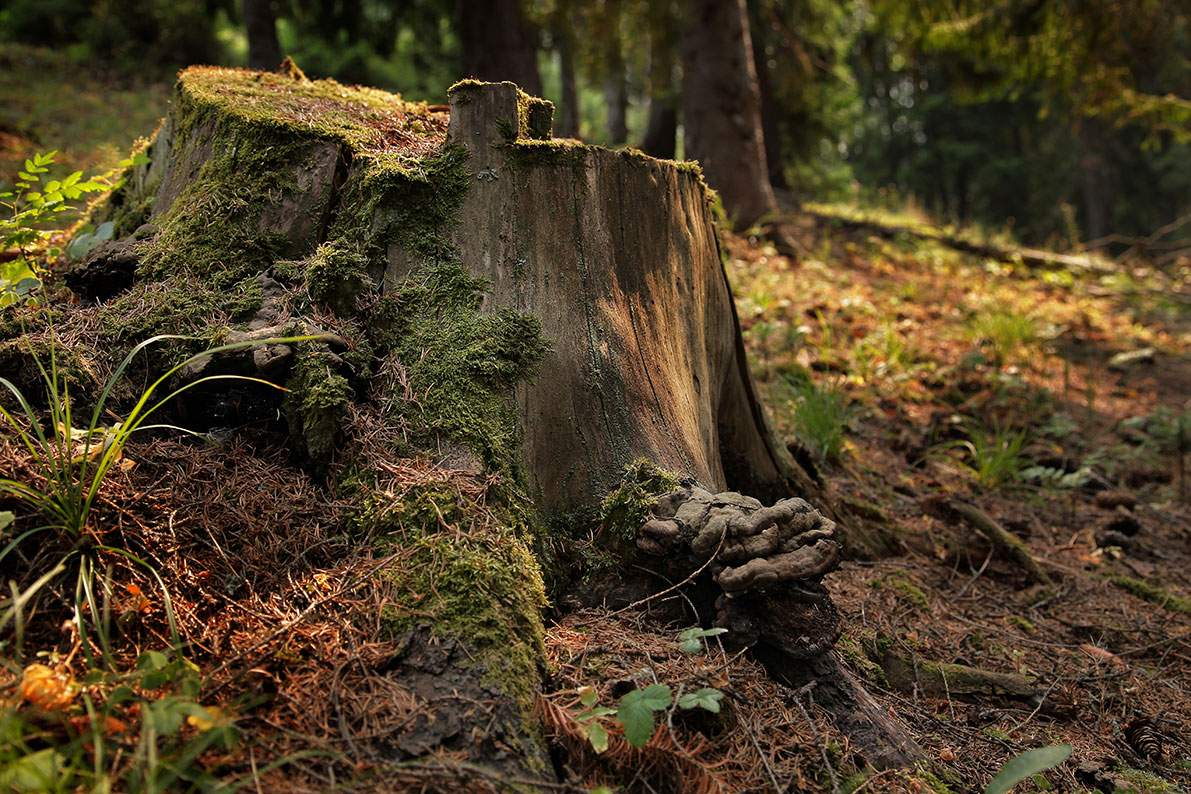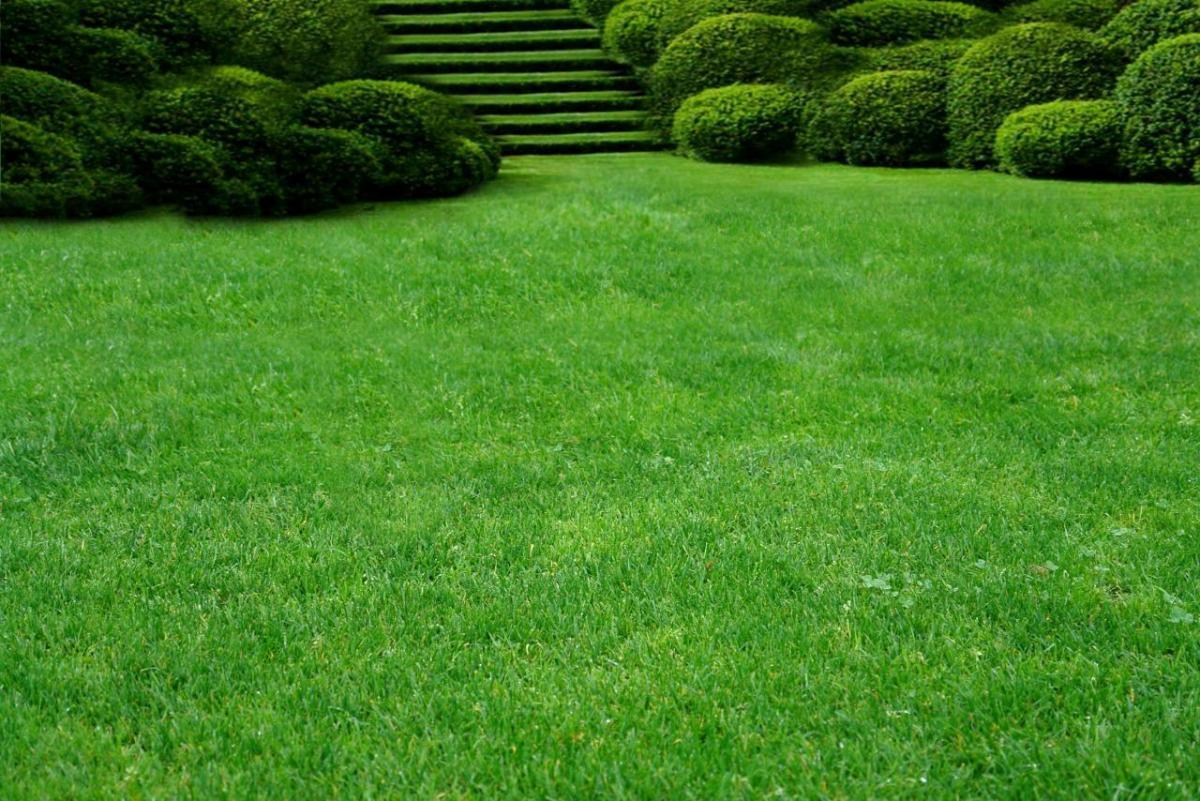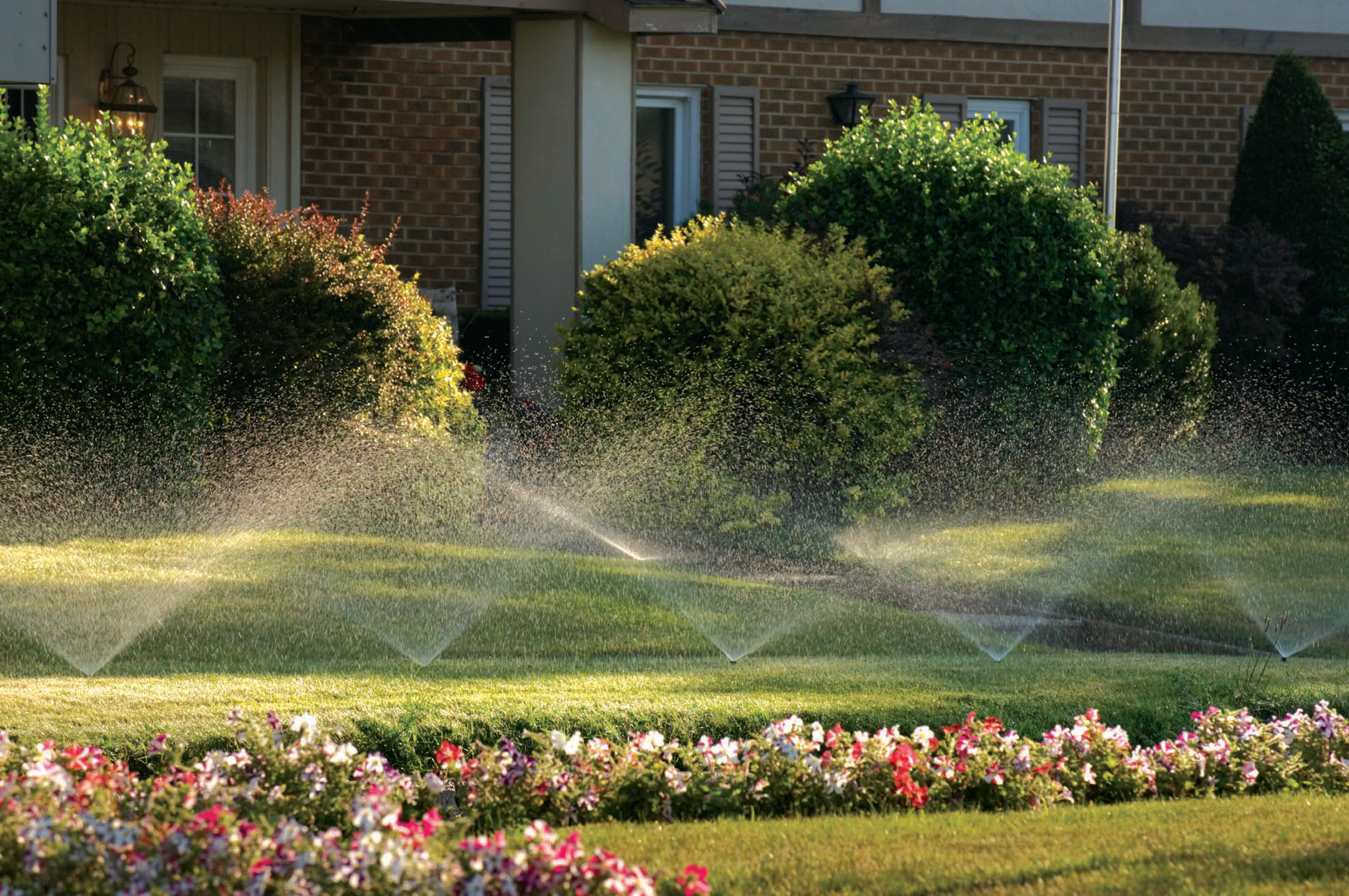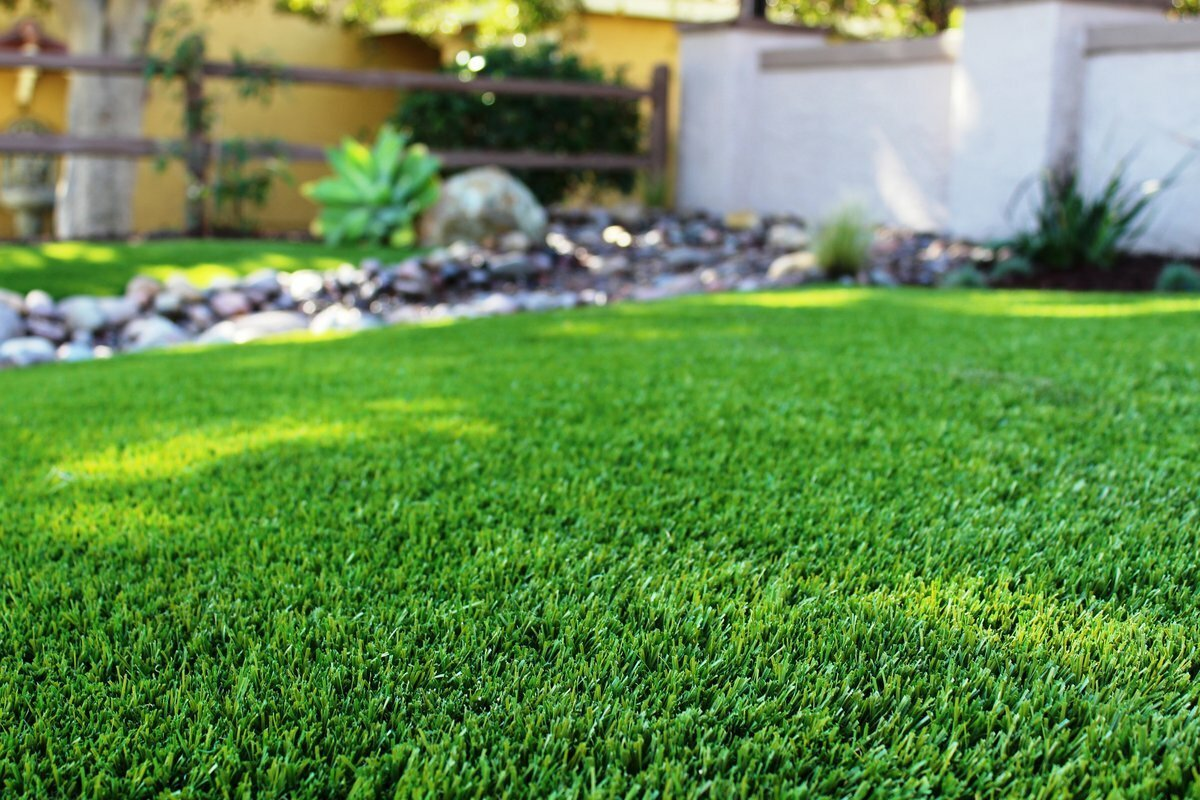To maintain a healthy lawn, it is crucial to mow at the correct height. The ideal mowing height plays a significant role in promoting optimal grass growth, preventing weed invasion, and ensuring a visually appealing green lawn. The proper height enables the grass blades to absorb sunlight efficiently and develop deeper roots, leading to denser, thicker turf. How to Measure Lawn Mower Cutting Height?
Understanding the ideal mowing height for your specific grass type is important, as it can vary depending on the species and growing conditions. Generally, a cutting height of around 3 inches is considered optimal for many grass varieties. This height helps shade the soil, reducing water evaporation and weed growth while encouraging deeper root growth.
Additionally, taller grass can compete with weeds, preventing them from taking over your lawn. By setting your lawn mower to the correct height and adhering to regular mowing practices, you can maintain a lush, healthy lawn that is the envy of the neighborhood.

Benefits of Setting Lawn Mower Height to 3 Inches
Setting the lawn mower height to 3 inches offers several benefits for achieving a healthy, lush lawn. Maintaining this cutting height promotes strong grass growth and helps to prevent weed growth. Additionally, it reduces the need for frequent mowing, saving time and effort.
Setting the mower height correctly is essential for optimal grass growth. Grass blades that are cut too short can weaken the plant, making it more susceptible to disease, pests, and drought. By cutting the grass to a height of 3 inches, the turf density is increased, promoting a thicker, healthier lawn.
Another advantage of maintaining a proper cutting height is deeper root growth. Taller grass allows the roots to grow deeper, resulting in a stronger and more drought-tolerant lawn. Deeper roots also help to improve water and nutrient absorption, leading to better overall grass health.
Additionally, setting the mower height to 3 inches helps to reduce thatch buildup, which is the layer of dead grass and other organic matter that accumulates on the soil surface. Excessive thatch can prevent water, air, and nutrients from reaching the grass roots, hindering growth.
By setting the mower to the correct height, grass clippings are also shorter, allowing them to decompose more easily, providing a natural source of nutrients for the lawn.
By following these proper mowing practices and setting the lawn mower to a height of 3 inches, you can achieve a vibrant and healthy lawn with minimal effort.

Understanding Your Lawn and Type of Grass
Before setting your lawn mower height to 3 inches, it is important to understand your lawn and the type of grass you have. Different types of grass have different ideal mowing heights, so it’s crucial to determine which type of grass you have in order to maintain optimal lawn health.
There are two main categories of grass: cool-season grasses and warm-season grasses. Cool-season grasses, such as Kentucky bluegrass and perennial ryegrass, thrive in regions with moderate temperatures and are commonly found in northern states. Warm-season grasses, including Bermuda grass and Zoysia grass, prefer hotter climates and are typically found in southern states.
Knowing which type of grass you have will help you determine the ideal mowing height. Cool-season grasses generally have a higher ideal mowing height, typically around 3 inches, while warm-season grasses have a lower ideal mowing height, often around 2 inches.
To identify your grass type, consider consulting a professional or researching online resources. You can also observe the characteristics of your grass, such as color, density, and leaf structure. Understanding your lawn and its grass type will enable you to set the mower height correctly at 3 inches, ensuring optimal growth and maintaining a healthy and vibrant lawn.
Learn About Your Local Climate and Soil Conditions
When it comes to setting your lawn mower height to 3 inches, it’s crucial to understand the local climate and soil conditions of your area. The climate and soil type play a significant role in grass growth and overall lawn health.
First and foremost, consider the local climate. Different regions experience varying temperatures and rainfall patterns throughout the year. The temperature affects the rate of grass growth, with cooler climates usually resulting in slower growth compared to warmer climates. Similarly, the amount and frequency of rainfall impact grass health, as proper hydration is essential for lush and vibrant grass.
Soil conditions are equally important. Soil drainage determines how well water moves through the ground and reaches the grass roots. If the soil has poor drainage, it can lead to waterlogging and adversely affect grass health. On the other hand, well-drained soil ensures that water reaches the roots without causing saturation.
Additionally, soil fertility affects the availability of essential nutrients for grass growth. Knowledge about the soil’s nutrient levels allows you to fertilize accordingly to maintain a healthy lawn.
To make informed decisions about lawn care, consider the local climate and soil conditions. Monitor the temperature and rainfall patterns in your area. Assess the soil’s drainage capabilities and fertility levels. By understanding these factors, you can set your lawn mower height to 3 inches, ensuring optimal grass growth and promoting a healthy and vibrant lawn.
Remember to assess your local climate and soil conditions regularly, as they can change over time. Adjust your lawn care routine accordingly to provide the best conditions for your grass to thrive.
Identify the Type of Grass in Your Yard
When it comes to maintaining a healthy lawn, one important factor to consider is the type of grass in your yard. Different grass types have different growth habits and requirements, and setting the correct mowing height depends on knowing the specific grass type.
One common type of grass found in lawns is St. Augustine. Known for its ability to withstand heat and humidity, St. Augustine grass should be mowed at a height of around 3 to 4 inches to promote deep root growth and maintain its lush appearance.
Floratam is another popular grass type, especially in southern regions. This variety is highly drought-tolerant and requires a slightly higher mowing height of around 4 to 5 inches. By allowing the grass to grow taller, its deeper roots can better access water during the hot summer months.
Tall Fescue is a cool-season grass commonly found in lawns located in northern regions. It has a coarser texture and benefits from a mowing height of around 3 to 4 inches. Mowing at this height helps to encourage deep root growth and creates a denser turf.
Knowing the specific grass type in your yard is important because different grasses have different growth habits and responses to mowing. By setting the correct mowing height for your specific grass type, you can maintain an even and healthy lawn. So, take the time to identify the grass type in your yard and adjust your mower’s height accordingly for optimal results.

General Tips for Setting Lawn Mower Height
Setting your lawn mower height correctly is crucial for maintaining a healthy and beautiful lawn. The height at which you mow your grass can impact its overall health, root growth, and appearance. By following a few general tips, you can ensure that your lawn is cut at the optimal height, promoting a lush and vibrant appearance.
- Know your grass type: Different grass types have different ideal mowing heights. It’s important to understand the type of grass you have in your lawn to determine the correct cutting height. Cool-season grasses, such as tall fescue, generally benefit from a height of around 3 to 4 inches, while warm-season grasses, like St. Augustine or Zoysia, thrive at a slightly shorter height of 3 to 4 inches. Research your grass type to determine its specific mowing requirements.
- Follow the one-third rule: As a general rule of thumb, never remove more than one-third of the grass blade in a single mowing session. Cutting the grass too short can weaken its root system and make it more susceptible to weeds, diseases, and drought. By adhering to the one-third rule, you allow the grass to maintain its vigor and recover quickly after mowing.
- Adjust the mower deck or lever height: Most lawn mowers come with adjustable height settings for the mower deck or a lever height adjustment system. Adjusting the deck height or the lever to the desired setting can help achieve the correct cutting height. Start with a higher setting and gradually lower it until you reach the desired height.
- Choose a flat surface for height adjustment: When adjusting your lawn mower height, it’s best to choose a flat and level surface. This ensures that the mower deck or lever height adjustment system is accurately set and that the grass is cut evenly across the lawn.
- Regularly sharpen the mower blade: A sharp mower blade cuts grass cleanly, preventing tearing or ripping of the grass blades. Dull blades can leave the grass susceptible to diseases and create an uneven cut. Regularly inspect and sharpen the mower blade to ensure a clean and precise cut.
By following these general tips for setting lawn mower height, you can maintain a healthy lawn that promotes deep root growth, prevents thatch buildup, and gives your lawn a lush and well-maintained appearance. Promoting the health of your grass ultimately leads to a beautiful, green lawn that you can be proud of.
Rule of Thumb: 1/3 of the Grass Blade Length
When it comes to setting the height of your lawn mower, a useful rule of thumb is to never remove more than 1/3 of the grass blade length in a single mowing session. This guideline not only helps you achieve the desired appearance for your lawn but also promotes its overall health.
By following this rule, you allow the grass to maintain its integrity and vigor. Cutting the grass too short weakens the root system, making it more susceptible to weeds, diseases, and drought. By keeping the grass at a length that is 1/3 of its blade length, you promote deep root growth, which helps the grass develop strong and healthy roots.
Deep roots are essential for the lawn to withstand dry spells and adverse weather conditions.
Additionally, adhering to the 1/3 rule helps reduce thatch buildup. Thatch is a layer of dead grass and debris that accumulates between the soil and the living grass blades. Excessive thatch prevents water, air, and nutrients from reaching the roots. By maintaining the grass at an appropriate length, you ensure that the grass clippings break down more easily and do not contribute to thatch buildup.
Overall, following the 1/3 rule of thumb for lawn mower height promotes a healthy and vibrant lawn. By encouraging deep root growth, limiting thatch buildup, and preventing stress on the grass, you can enjoy a lush and resilient lawn year-round.
Cool Season Lawns Should Be Set at 2 ½ – 3 Inches
For cool season lawns, it is recommended to set the lawn mower height at 2 ½ to 3 inches. This mowing height is ideal for promoting healthy grass growth and root development, as well as minimizing weed growth and thatch buildup.
By maintaining your lawn at this height, you encourage stronger and deeper root growth. This is essential for cool season lawns to develop dense and resilient turf blades. Deeper roots allow the grass to access water and nutrients from deeper soil layers, making the lawn more drought-tolerant and better equipped to withstand stressful conditions.
Setting the lawn mower height to 2 ½ to 3 inches also helps prevent weed growth. Longer grass blades provide shade, which inhibits weed seed germination and reduces weed competition with the lawn grass.
In addition, this mowing height helps to minimize thatch buildup. Clippings that are cut at a shorter length tend to contribute to thatch accumulation. By keeping the grass slightly longer, the clippings break down more easily, allowing for better decomposition and reducing thatch.
Overall, setting your cool season lawn mower height at 2 ½ to 3 inches promotes healthy grass growth and root development, while minimizing weed growth and thatch buildup. By adhering to this mowing height, you can enjoy a thriving and vibrant lawn throughout the seasons.
Warm Season Grasses Should Be Set at 1-2 ½ Inches
For warm-season grasses, such as Bermuda, Zoysia, and St. Augustine, setting the lawn mower height slightly shorter is recommended. A cutting height of 1-2 ½ inches is ideal for maintaining a healthy and attractive lawn throughout the summer months.
Keeping warm-season grasses slightly shorter during the summer has several benefits. Firstly, it helps to prevent weed growth. Shorter grass blades reduce the amount of sunlight reaching the soil, making it more difficult for weed seeds to germinate and establish. This helps to keep your lawn weed-free and looking its best.
Additionally, the shorter height provides shading to the soil line. This helps to retain moisture in the soil, reducing the need for frequent watering and making your lawn more drought-tolerant. The shading also helps to protect the grass from the intense heat of the sun, preventing it from becoming stressed or scorched.
When setting the lawn mower height for warm-season grasses, it is important to consider the specific type of grass and the time of year. Bermuda grass, for example, can be cut at 1-2 inches in the early spring and fall, while Zoysia grass can be cut slightly higher, around 1 ½-2 inches. St. Augustine grass, on the other hand, should be kept at a height of 2-2 ½ inches.
By following these recommended cutting heights, you can ensure that your warm season grasses stay healthy, vibrant, and beautiful all summer long.

Getting Started with Setting Lawn Mower Height to 3 Inches
When it comes to maintaining a healthy and vibrant lawn, one important factor to consider is the height at which you mow your grass. Setting your lawn mower height to 3 inches can promote optimal growth, root development, and overall lawn health. To get started, ensure that your lawn mower is in proper working order and that the grass is dry before mowing.
Next, identify the type of grass you have and its recommended cutting height. Generally, cool-season grasses such as Kentucky bluegrass and fescue should be cut at a height of 2.5 to 3.5 inches.
Warm-season grasses like Bermuda grass and Zoysia grass can be cut slightly shorter, around 2 to 3 inches. Once you have determined the appropriate mowing height, adjust the lawn mower deck or lever to the desired setting. If your mower has adjustable axles, make sure they are set to the correct height for a uniform cut.
Finally, start mowing your lawn in a systematic pattern, making sure to overlap each pass slightly to avoid missing any areas. By setting your lawn mower height to 3 inches and following these steps, you can maintain a beautiful and healthy lawn.
Check and Adjust the Mower Deck Height Settings
To ensure a healthy lawn, it’s important to properly set your lawn mower height. The cutting height refers to the length of the grass blade after mowing, and it plays a crucial role in the overall health and appearance of your lawn.
To check and adjust the mower deck height settings, start by consulting the manufacturer’s manual for specific instructions on how to change the settings. Every lawn mower model is different, so it’s essential to follow the manufacturer’s guidelines for the best results.
Once you have the instructions on hand, place the mower on a flat surface, such as a driveway or garage. This will allow you to accurately assess the height and make the necessary adjustments.
Keep in mind that the bottom of the mower deck is not the same as the cutting height. The cutting height is determined by the position of the mower blade in relation to the deck. Adjusting the height properly will help prevent scalping, which is when the mower cuts the grass too short and exposes the roots.
By following these steps and using the manufacturer’s instructions, you can ensure that your lawn mower is set to the correct height for a healthier lawn. Remember to regularly mow your lawn at the correct height to prevent thatch buildup and promote deep root growth.
Choose a Middle Setting for Optimal Results
When it comes to setting the height on your lawn mower, choosing a middle setting may not be the best option for optimal results. While it may seem like a safe choice, the middle setting is often too short and can have negative effects on your lawn’s health. Instead, it is generally recommended to go with the highest setting available, which is typically around 3 inches.
Setting your lawn mower to a higher height, such as 3 inches, offers several benefits. One of the most significant advantages is promoting deep-root growth. Taller grass allows the roots to grow deeper into the soil, resulting in a healthier and more resilient lawn. Deep root growth enhances the lawn’s ability to withstand drought and other environmental stresses.
In addition to deep root growth, a higher mowing height also helps boost turf density. Taller grass blades provide more shade for the soil, preventing weed growth and promoting the growth of desirable grass species. A denser turf also helps to prevent soil erosion and improves the overall appearance of your lawn.
Using a higher mowing height, like 3 inches, can also help conserve water. The longer grass blades provide better insulation, reducing evaporation and keeping the soil moist for longer periods. This is particularly beneficial during hot summer months when water conservation is crucial.
Furthermore, setting your lawn mower to around 3 inches can improve turf color. Longer grass blades have a larger leaf surface area, which can result in a richer, greener lawn. It also helps to avoid scalping, as cutting the grass too short can stress the turf and lead to discoloration.
In conclusion, instead of choosing a middle setting for your lawn mower height, it is recommended to go with the highest setting available, typically around 3 inches. This height promotes deep root growth, boosts turf density, conserves water, and improves turf color. By setting your lawn mower correctly, you can achieve a healthier, more beautiful lawn.

Keeping a Consistent Cutting Height
One important aspect of lawn maintenance is keeping a consistent cutting height. Whether you prefer a shorter or longer lawn, establishing a regular and uniform cutting height is crucial for the health and appearance of your grass. Here’s how to ensure you maintain the correct height for your lawn.
- Determine the ideal mowing height: The ideal mowing height will depend on the type of grass you have in your lawn. Different grass species have different preferred mowing heights, so it’s essential to identify the specific type of grass you are working with. For cool-season grasses like Kentucky bluegrass and tall fescue, the recommended height is around 2.5 to 3.5 inches. Warm-season grasses like Bermuda grass and Zoysia grass, on the other hand, do well with shorter heights, usually around 1 to 2 inches.
- Adjust your lawn mower height: Most lawn mowers have adjustable height settings, typically controlled by a lever or a knob. Refer to the manufacturer’s instructions to locate and adjust the height settings accordingly. For a cutting height of 3 inches, set the mower to the appropriate position.
- Regularly check and maintain the mower deck: To ensure an accurate cutting height, it’s important to regularly inspect and maintain the mower deck. Over time, the deck may become uneven, causing uneven cuts. Inspect the deck for any damages and make sure it is level. Adjust the mower deck if necessary, following the instructions provided by the manufacturer.
- Mow regularly at the correct height: To maintain a consistent cutting height, mow your lawn regularly. Depending on the grass growth rate, you may need to mow every 7-10 days during the growing season. Set a reminder or establish a schedule to ensure you mow at the correct height consistently.
- Avoid cutting more than one-third of the grass blade: One important rule to follow when mowing is to never remove more than one-third of the grass blade height in a single mowing session. Removing too much of the grass blade can shock the grass and weaken it. To adhere to this rule, ensure you mow your lawn before the grass exceeds the recommended cutting height.
By following these steps and keeping a consistent cutting height, you can promote a healthy and aesthetically pleasing lawn. Regular maintenance and proper mowing practices will contribute to the overall health, density, and color of your grass, resulting in a beautiful and vibrant lawn.
Regularly Monitor and Adjust as Needed
Regularly monitoring and adjusting the lawn mower height is crucial to maintain the desired height of 3 inches for your lawn. By doing so, you ensure that your grass remains healthy and vibrant.
To begin, regularly monitor the growth rate of your lawn. Grass grows at different rates depending on various factors such as weather conditions and maintenance practices. By regularly checking the height of your grass, you can determine when it is time to mow and make necessary adjustments to the mower height.
Monitor your lawn’s density and health as well. Thick and healthy grass may require slightly higher cutting heights to promote deeper root growth and improve drought tolerance. On the other hand, sparse or weak grass may benefit from slightly shorter heights to encourage denser growth.
When it comes to making adjustments, consult your lawn mower’s manual to locate the height settings. Most mowers have a lever or knob that allows for easy adjustment. Set the mower to the desired height of 3 inches, ensuring that each wheel or axle is set at the same position.
Remember to regularly monitor and adjust as needed to maintain the correct height for your lawn. This will not only promote a healthy and vibrant lawn but also ensure an even and uniform cut. By following these steps, you can keep your lawn looking its best throughout the season.
Avoiding Problems with Incorrect Heights
Using incorrect mower heights can lead to a variety of problems in your lawn. It is important to avoid these issues by properly adjusting and monitoring the mower deck height settings.
Mowing your lawn too short can cause stress to the plants and weaken their ability to photosynthesize. This can lead to sparse growth, increased weed competition, and a shallow root system. Additionally, cutting the grass too short can result in thatch buildup, as the grass clippings cannot decompose properly. To avoid these problems, it is crucial to set the mower height to the correct setting of 3 inches.
Mowing your lawn too long can also have negative impacts. Longer grass blades can potentially shade the lower parts of the grass, preventing them from receiving adequate sunlight. This can result in weak and thin grass growth. Additionally, longer grass can give your lawn an unkempt and unsightly appearance.
To ensure a consistent cutting height, regularly check and adjust your mower deck height settings. Refer to your mower’s manual to locate the correct lever or knob for adjusting the height. Set the mower to the desired height of 3 inches, ensuring that each wheel or axle is set at the same position.
By avoiding improper mowing heights and maintaining a consistent cutting height of 3 inches, you can promote healthier and denser grass growth while minimizing problems like stressed plants and thatch buildup.
Read more: How to Become an Arborist: A Step-by-Step Guide to Pursuing a Career in Arboriculture



